Have you ever attempted to stare directly at the Sun? It’s a challenge, right? However, have you ever pondered why it’s such a challenging task? Let’s embark on a cosmic journey to uncover the secrets behind why staring at the Sun is a big no-no.
The Sun: Our Celestial Superstar
Our Sun, a dazzling ball of light in the sky, is the ultimate energy source for life on Earth. It’s so bright that even when you try to glance at it, your eyes protest, making it tricky to maintain eye contact. But why?

Blinded by the Light: A Lesson in Sun Safety
Directly observing the Sun can lead to severe damage to your eyes. The Sun emits a powerful stream of light, including invisible ultraviolet (UV) rays that our eyes can’t handle for long periods. These rays can damage the sensitive cells in our eyes, much like how a magnifying glass can focus sunlight to start a fire.
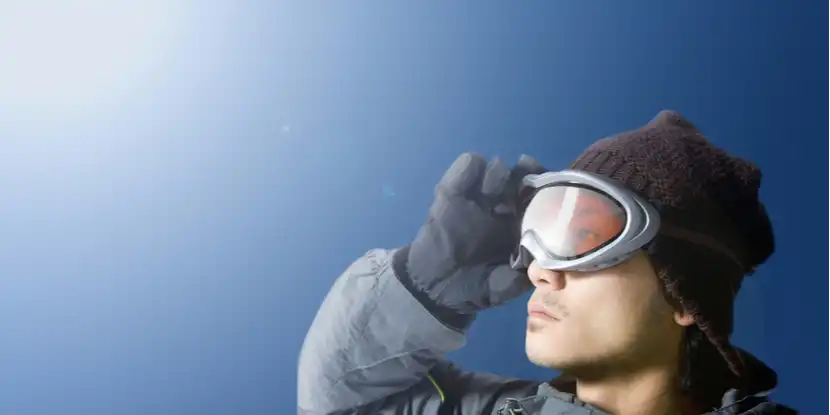
The Science Behind the Blink
Your eyes have a natural Defence mechanism to protect against bright light. It’s like having a built-in shield! When you step out into the bright sunlight, your pupils automatically shrink to limit the amount of light entering your eyes. This helps, but staring directly at the Sun is insufficient.
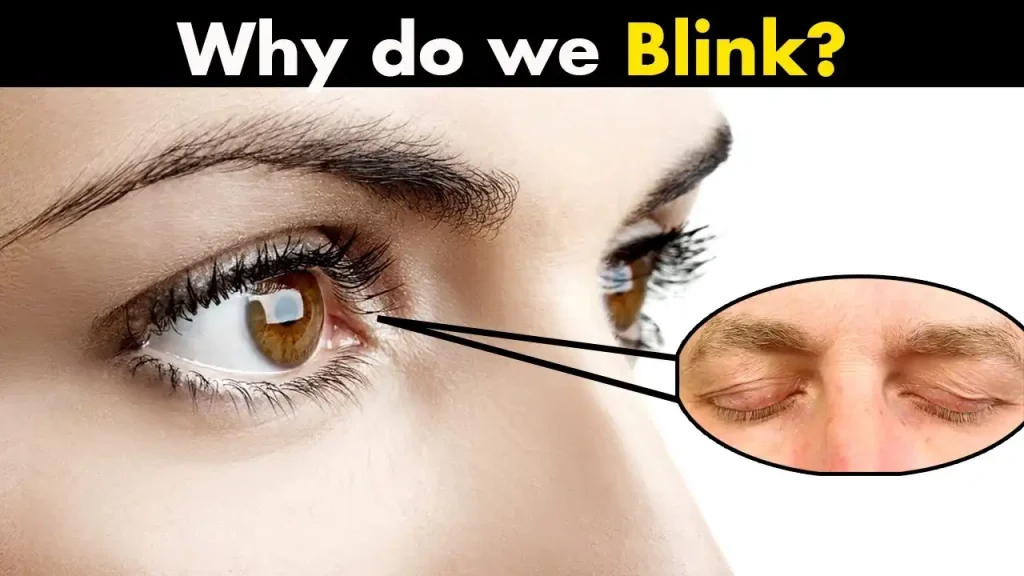
Sunburn for the Eyes: A Real Thing
Imagine getting a sunburn, but not on your skin – on your eyes! Staring at the Sun can cause a condition known as solar keratitis. This is like sunburn for your cornea, the transparent outer layer of your eye. The symptoms? Pain, redness, and temporary vision loss. Ouch!
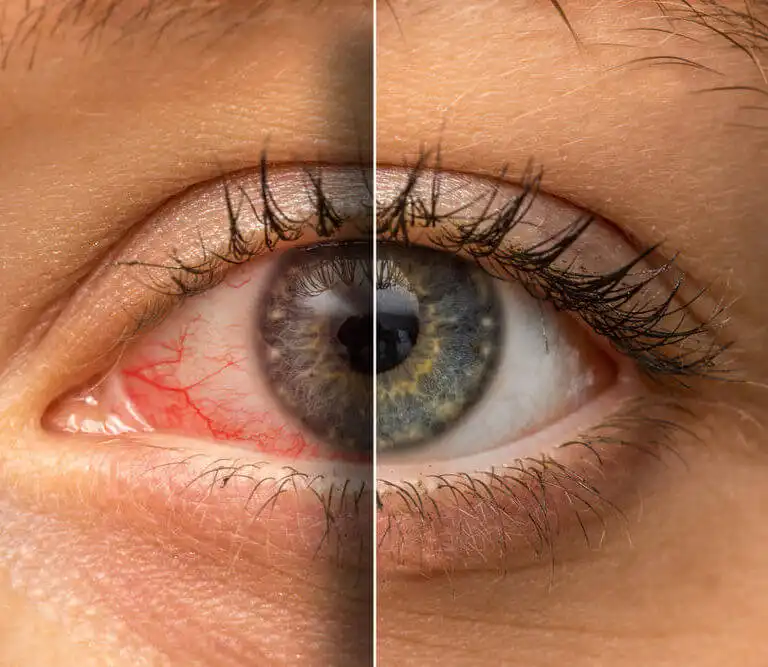
The Moon’s Friendly Glow vs. the Sun’s Fiery Glare
Have you ever noticed that you can quickly look at the Moon without squinting or feeling discomfort? That’s because the Moon doesn’t produce its light; it reflects the Sun’s light. It’s like looking at a friend standing in a spotlight rather than staring directly into the blazing light source.
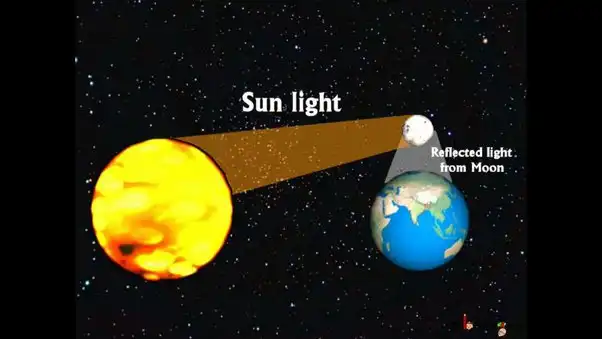
Solar Eclipse Safety: Shades for the Sun
During a solar eclipse, when the Moon partially or wholly covers the Sun, it’s a captivating celestial event. But here’s a crucial rule: Never stare at the Sun during an eclipse without proper eye protection. Special solar viewing glasses, with filters designed for direct Sun observation, are a must to prevent eye damage.
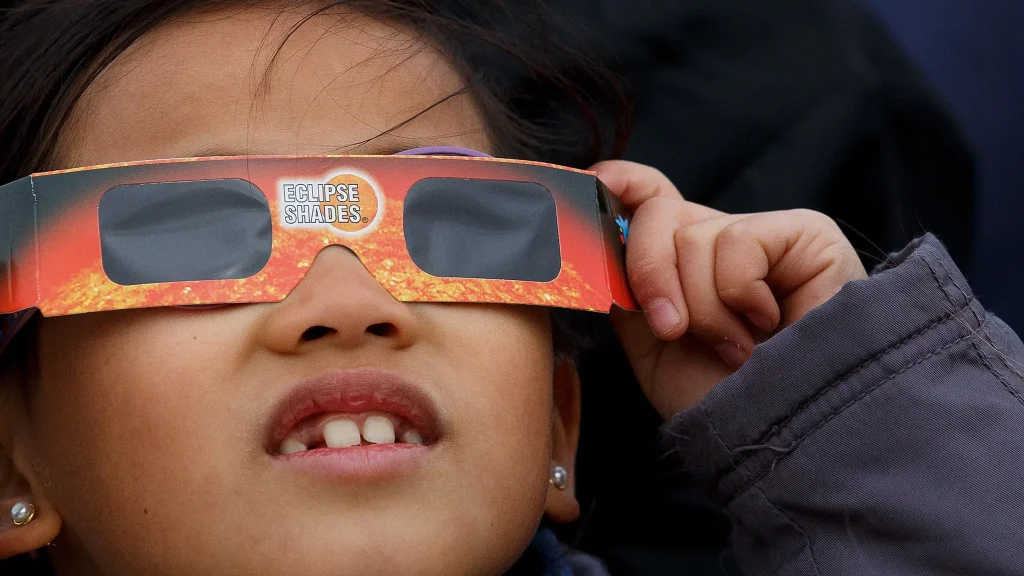
The Mystery of Sungazing: A Risky Business
Sungazing, the practice of intentionally staring at the Sun, has gained attention over the years. However, scientists strongly discourage it. The Sun is incredibly powerful, and gazing at it for extended periods can lead to irreversible eye damage. It’s like trying to have a staring contest with a cosmic giant – a game we’re destined to lose!
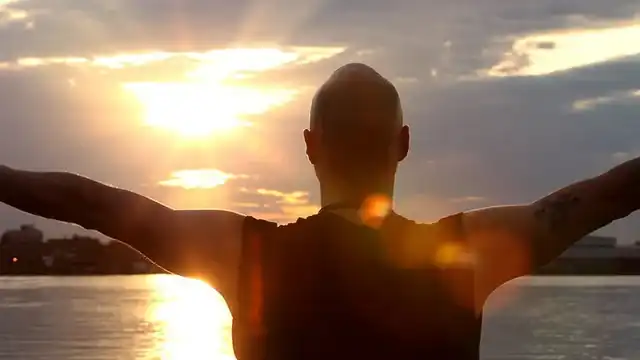
Wrapping Up: Keeping Our Eyes Safe
In conclusion, looking directly at the Sun is a bit like trying to outshine the ultimate celestial spotlight. Our eyes are not equipped to handle the intense brightness and harmful UV rays. So, the next time you’re tempted to take on the Sun in a staring contest, remember: our eyes have their limits, and keeping them safe is crucial.
For more interesting articles, please visit www.kidzherald.com





